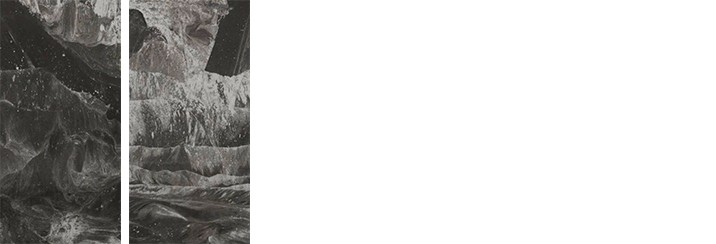Vahap Avşar - The Black Album

Vahap Avşar was born in 1965 in Malatya. Between 1985 and 1989, he studied at Dokuz Eylül University’s Faculty of Fine Arts in Izmir. Here, he worked as an assistant in the sculpture studio of Cengiz Çekil, one of the prominent conceptual artists of Turkey. He then worked as a research assistant at Bilkent University in Ankara, where he was studying for his master’s degree. After a residency program in New York City in 1995, Avşar decided to move there, where he still lives and works.Employing photography, painting, installation, performance and moving images, Vahap Avşar’s works are clearly influenced by conceptual art. Avşar aims to reveal issues that have remained veiled in our region using images that are engraved in memories as well as everyday objects and popular culture aesthetics. The artist’s occasionally minimalist and shocking style conceals a critique of power relations, mechanisms of political repression, as well as social violence and conflict.
Vahap Avşar’s series “Black Album” consists of 12 works. Avşar produced the series by applying metallic silver paint on tar felt using a special technique he developed himself. The artist frequently employs asphalt as a material that he also charges with certain political connotations. The moment the paint touches the asphalt, it freezes into shapes that impart to the viewer both feelings of fluidity and frozenness. Considering that both works in the collection are reminiscent of nature paintings, this technique may be likened to taking a photograph of an ongoing natural phenomenon, such as a cascading waterfall or a volcano erupting lava – an attempt to freeze the moment. Avşar bases his work precisely on the coincidental and unpredictable nature of this moment of “freezing”, both in the physical and figurative sense. We must not neglect, however, to read “Black Album” as a product of the residue that the artist has distilled from his conceptualization and production processes in previous works. Indeed, the artist himself interprets the forms that way. The inspiration for this process are the natural and political landscapes the artist has encountered and experienced in eastern Turkey since his childhood.
